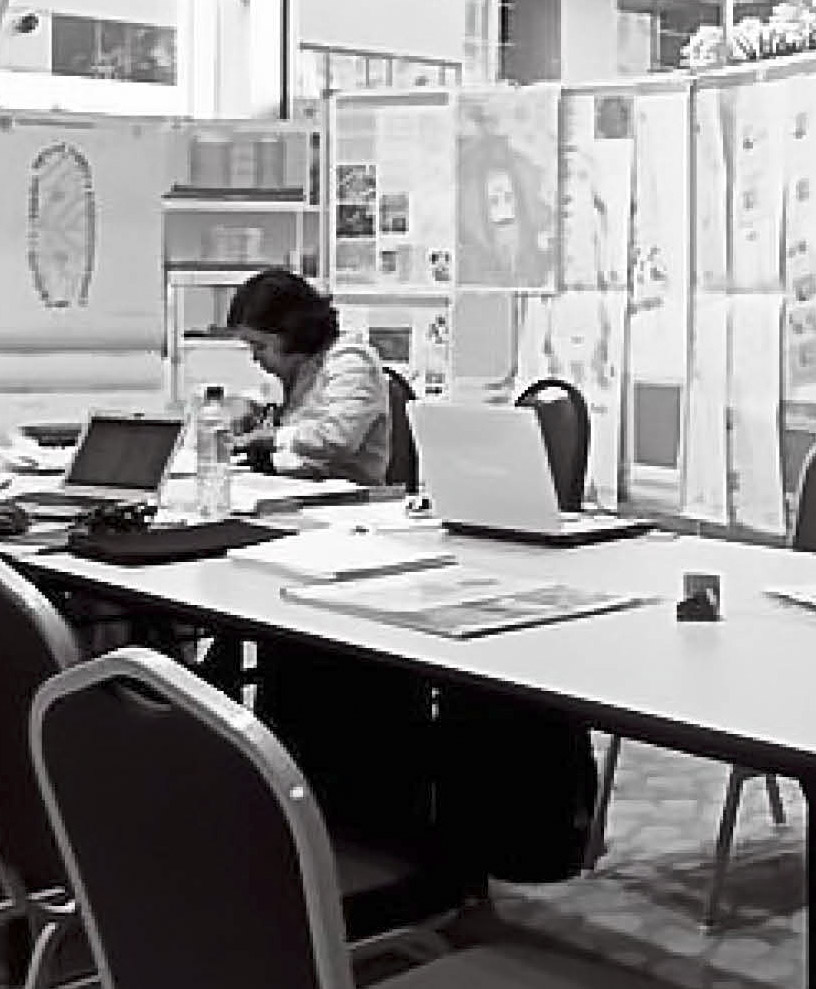SPACE SYNTAX AND THE DEVELOPMENT OF ARCHITECTURAL STUDIO WITH EVIDENCE BASED DESIGN DECISION METHODS IN UTM
NEW Spirit URBANISM workbase by Dr Sharifah Salwa Syed Mahdzar : A Compilation of four samples of Final thesis for Master of Architecture (LAM Part 2)
This section displays the range of space syntax applications that have been used in producing an evident based design approach for the architectural studio at Universiti Teknologi Malaysia (UTM). Space Syntax research tools of analysis has been globally applied in the fields of architecture, interior design, urban design, planning, transportation, archaeology, psychology and many more. However, much exploration is still much needed in finding the ways of applying space syntax methods as a teaching tool for the undergraduate and postgraduate levels, especially to students who has little knowledge of it. This poses a practical challenge in enabling the students to be able to value the empirical aspects of space for their design scheme. IT also raises question on the effective use of this tool in helping architectural students making their design decisions for the academic studio projects. The selected works below have shown the range of use of space syntax methods and the limitation of the tools that can be used in helping students making decisions for their proposed schemes. Four samples of architectural design outputs of Master of Architecture Final Thesis projects of the students were analysed. The selected student’s works are categorized according to the specific syntactical method used for their design process of analysis. The general use of axial line analysis has been shown quite effectively used as it is easy to be understood and applied into the proposed schemes. The method has been used by the students especially for their site analysis. This allows them to make a firm decision of the design strategies for the chosen site. The study also shows the use of Visual Graph Analysis which has become the favourite tools for the students to help them further in making a more objective decision so as to make the proposals to be more reliably valid. The VGA has then been explored further and students were able to demonstrate a more convincing and expressive form of design for their class project. The application as clearly visible when the VGA tools have been used extensively for the interior exterior context of the spaces studied. It is concluded that space syntax research tools is much needed and much exploration is still needed in making it as effective design teaching tools to architectural students worldwide.
- SPATIAL VISIBILITY OF DBKL INTEGRATED VERTICAL DINING PAVILLION by SAFWAN SAIFUDDIN ZULKERNAIN
- WHEELCHAIR ACCESSIBLE DESIGN: PHYSICAL SPACE AND SOCIAL INCLUSION by PHUA CHU YUN
- THE VISUAL FIELD (‘ISOVIST’) OF SPACES IN URBAN BOTANICAL GALLERY by AMIRUL HAKIM JAMIL
- DESIGNING A MUSIC REHEARSAL SPACE FOR THE DEAF by MUHAMMAD NURHALIFF BIN LATIF







